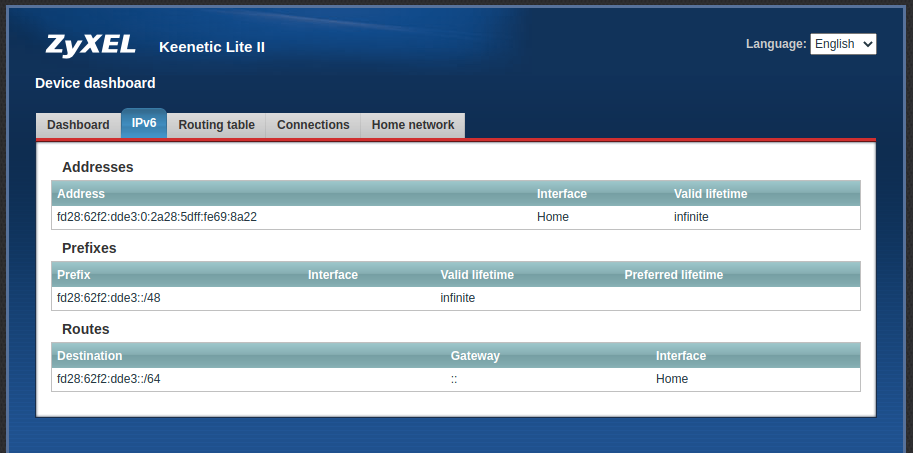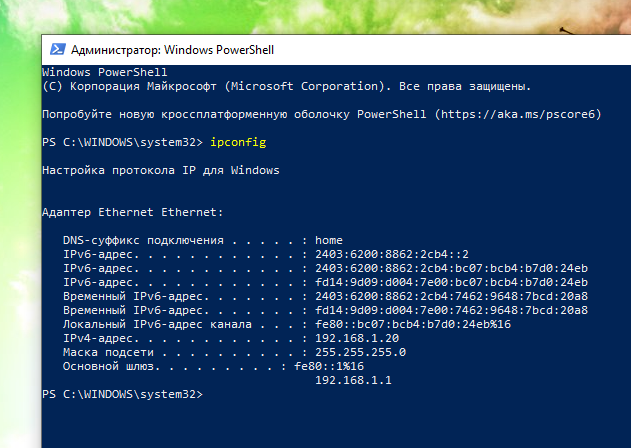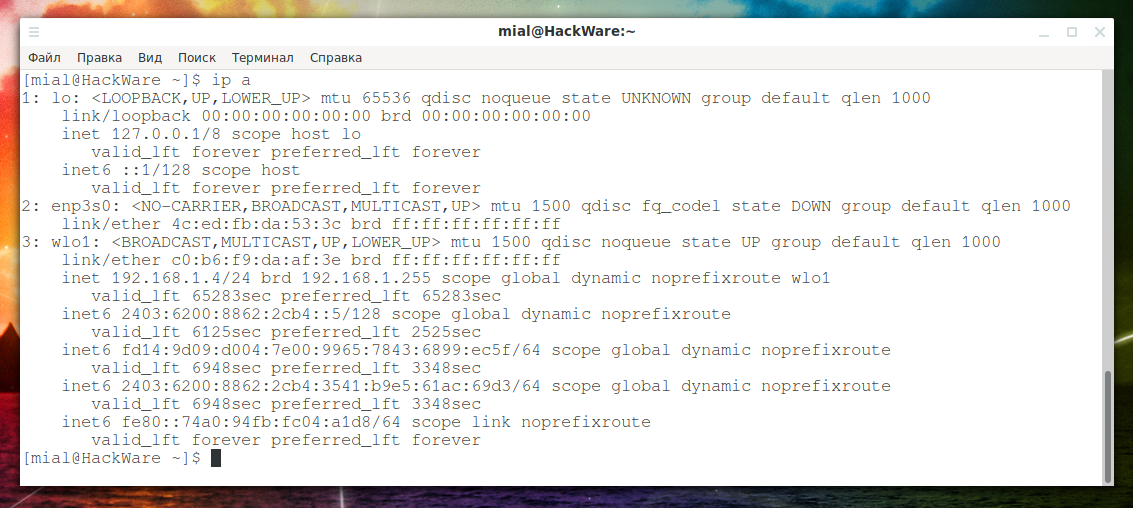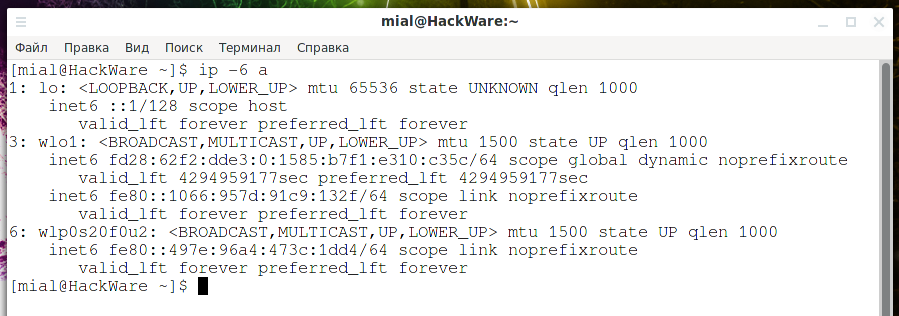
How to check if my router supports IPv6
June 7, 2021
How to open a site on IPv6
The fastest and easiest way to find out if a router can work with IPv6 is to check if it can open a site with an IPv6 address. Use the service “Do I have IPv6”. This website allows you to connect to it in a variety of ways – just follow the link and you will see if you can connect to IPv6 addresses. If you have an IPv6 address, this automatically means that your router supports this protocol.
But if this site writes that you do not use IPv6, then this does not mean that your router is not IPv6 enabled – it is quite possible that the whole point is in the Internet provider, many of which do not yet know how to work with IPv6.
Take a look at the settings of your router
You can go to the control panel of your router and if you see the settings for IPv6 there, it means that there is support.
This router has an “IPv6” tab and even an assigned IPv6 address. But in fact, IPv6 addresses from fc00:: to fdff:ffff:ffff:ffff:ffff:ffff:ffff:ffff are local addresses. That is, the router creates a local IPv6 network, but due to the fact that this Internet service provider does not support IPv6, it is impossible to connect to IPv6.
Global addresses currently can only begin with 2 or 3 (others are simply not being distributed yet).
How to check on the command line if the router can work with IPv6
If the router supports IPv6, then during automatic network configuration, the network interfaces of your computer also receive settings for IPv6. Therefore, even if you did not specifically configure and even if your ISP does not support IPv6, your network interfaces will have IPv6 addresses.
On Windows, run the following command at the command prompt:
ipconfig
This screenshot shows both global IPv6 addresses (starting with 2 or 3) and local ones, ranging from fc00:: to fdff:ffff:ffff:ffff:ffff:ffff:ffff:ffff. If you also have it, it means that both your router and your ISP support IPv6.
In the next screenshot, only local IPv6 is visible – this means that the router supports this type of addresses, but the Internet service provider does not.
If you do not see IPv6 addresses at all, then your router does not support them, or they are disabled in its settings.
On Linux, to view IPv6 addresses, run the command:
ip -6 a
This screenshot shows both global IPv6 addresses (starting with 2 or 3) and local ones, ranging from fc00:: to fdff:ffff:ffff:ffff:ffff:ffff:ffff:ffff. This means that both the router and the ISP support IPv6.
In the following screenshot, only local IPv6 is present – this means that the router supports this type of addresses, but the Internet service provider does not.
If you do not see IPv6 addresses at all, then your router does not support them, or they are disabled in its settings, or in the operating system settings – this is also possible.
Related articles:
- What happens if an IPv4 client tries to access an IPv6-only server (SOLVED) (62.2%)
- Script to connect and disconnect from OpenVPN depending on server availability (54.6%)
- Why computer can't connect to Wi-Fi Hotspot on Android phone for a long time (SOLVED) (53.1%)
- How to block by Referer, User Agent, URL, query string, IP and their combinations in mod_rewrite (52.3%)
- How to protect my website from bots (52.3%)
- How to use ps command to monitor Linux processes (RANDOM - 22.8%)






